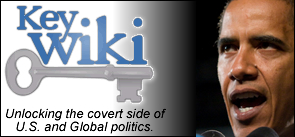Balanced Budget Amendment: The Solution? Or Deathblow?
By: Publius Huldah The BBA Made Simple Say you want your Butler to buy some groceries; so you give...
Read MorePosted by TMH | Dec 16, 2016 | Constitution, Founding Fathers, History, Politics |
By: Publius Huldah The BBA Made Simple Say you want your Butler to buy some groceries; so you give...
Read MoreBy: Carolyn Alder Hillary won the popular vote—Trump won the Electoral Vote—or did he? Dec 19th...
Read More
My beloved husband,
GARRY HAMILTON,
passed away
on September 24th, 2022.
I will love you always.

